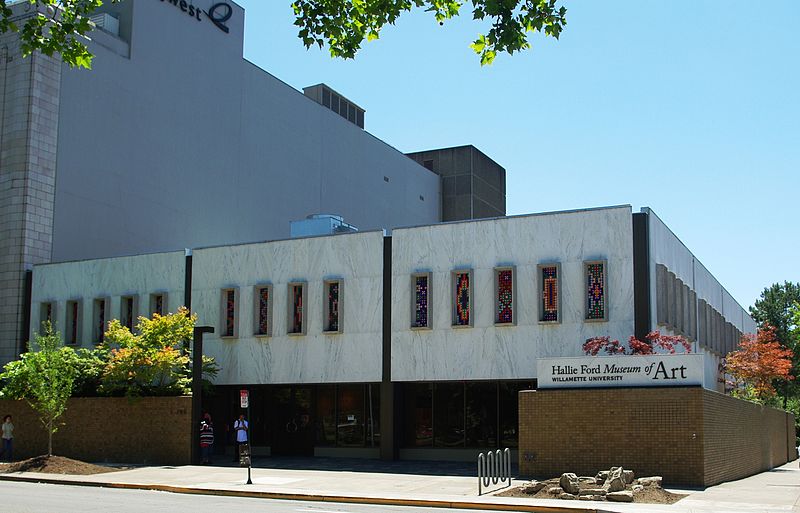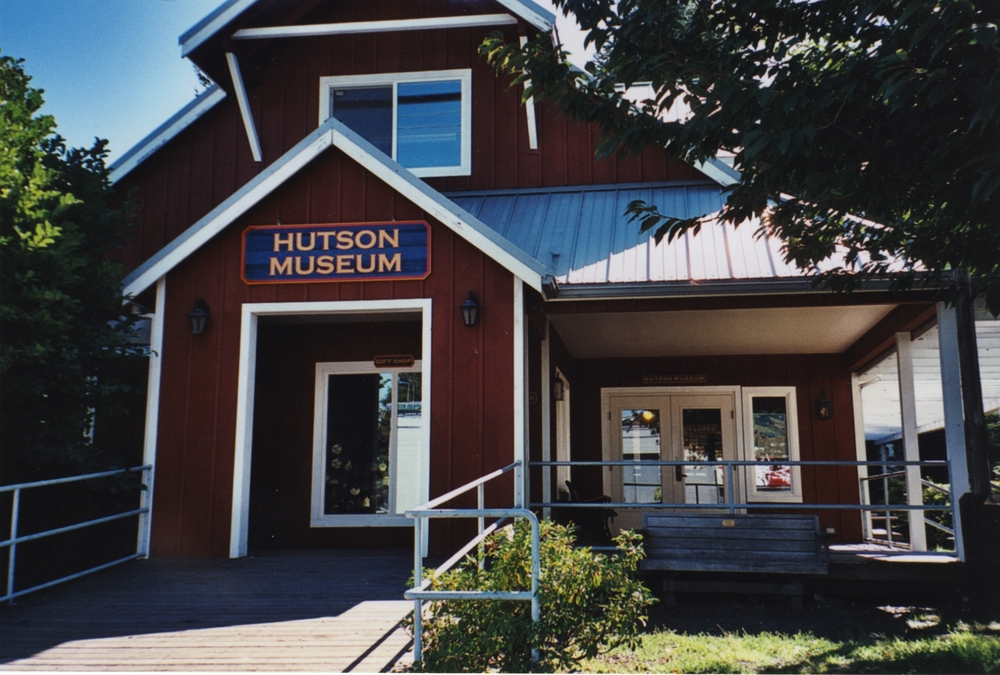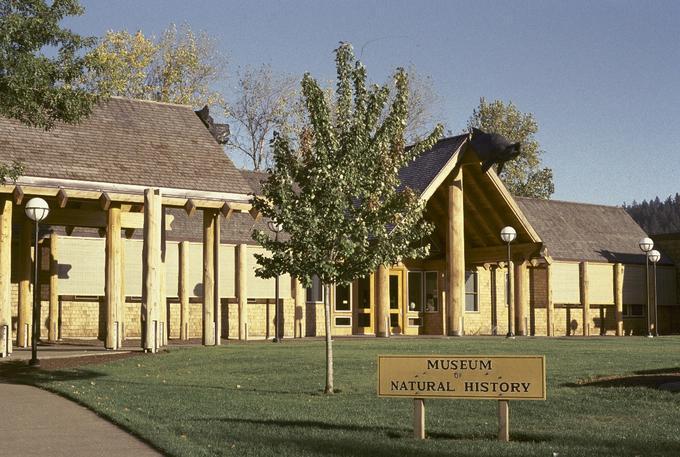Paul and Arlene Jensen established the Jensen Arctic Museum on the Western Oregon State College campus (now Western Oregon University) in 1985 to educate Oregonians about the environment and heritage of the Arctic. With over five thousand artifacts, the museum was one of the largest collections in the United States devoted to Arctic life.
Jensen’s research interest in Native Arctic culture was a result of his exposure to Inuit classmates as a child in Denmark, his experience as an immigrant to the United States, and the solidification of his research interest after his first trip to Alaska in 1962. As a member of the faculty of the Oregon College of Education (now Western Oregon University) from 1966 to 1979, he developed cultural and academic enrichment programs for Inuit and Eskimo children in Alaska so they could visit Oregon to learn about life outside their villages. As a result of his work, he acquired unique artifacts from the region, which comprised the initial museum collection.
The museum was located adjacent to campus in the Thornbrue House, a private residence built in 1910 (later owned by the university) that was renovated to include display and storage areas. The collections included carvings, sculptures, taxidermied animals, and Jensen’s personal research library, including his research notes, curricula, books on the Arctic, and bilingual children’s books. His favorite item was a large umiak boat made of walrus hides, which hung from the ceiling.
Thousands of people visited the museum each year, including many schoolchildren. The museum offered public lectures, guided tours, traveling exhibits, a salmon bake, and educational kits on Arctic culture and the environment. It operated through a board of directors and received funding from the university and through donations. Jensen remained curator of the museum until his death in 1994. The Jensen Arctic Museum received donations of archeological and ethnographic artifacts under a number of directors, including Native Alaskan Roben Itchoak.
After studying many options, Western Oregon University closed the museum in 2013 due to funding challenges. As Oregon's official repository for publicly owned anthropological collections, the University of Oregon’s Museum of Natural and Cultural History finalized the adoption of the collection, with approval from both universities and financial support from the legislature. The collection was permanently moved to the University of Oregon in 2014.
-
![]()
Jensen Arctic Museum at Western Oregon University, 2009.
Courtesy Tedder, Wikimedia Commons
Related Entries
-
Hallie Ford Museum of Art
The Hallie Ford Museum of Art at Willamette University has only been in…
-
![High Desert Museum]()
High Desert Museum
The High Desert Museum was an outgrowth of the Western Natural History …
-
Hutson Museum
The Hutson Museum, a barn-red, old-style building with a panoramic view…
-
Oregon Museum of Science and Industry
The Oregon Museum of Science and Industry (OMSI) is Oregon's largest ce…
-
![University of Oregon Museum of Natural and Cultural History]()
University of Oregon Museum of Natural and Cultural History
Located in Eugene on the University of Oregon (UO) campus, the Museum o…
-
![Western Oregon University]()
Western Oregon University
Western Oregon University, one of Oregon’s oldest public institutions o…
Map This on the Oregon History WayFinder
The Oregon History Wayfinder is an interactive map that identifies significant places, people, and events in Oregon history.
Further Reading
Guide to the Paul H. Jensen Oral Histories, 1979-1993: http://nwda.orbiscascade.org/ark:/80444/xv00326







